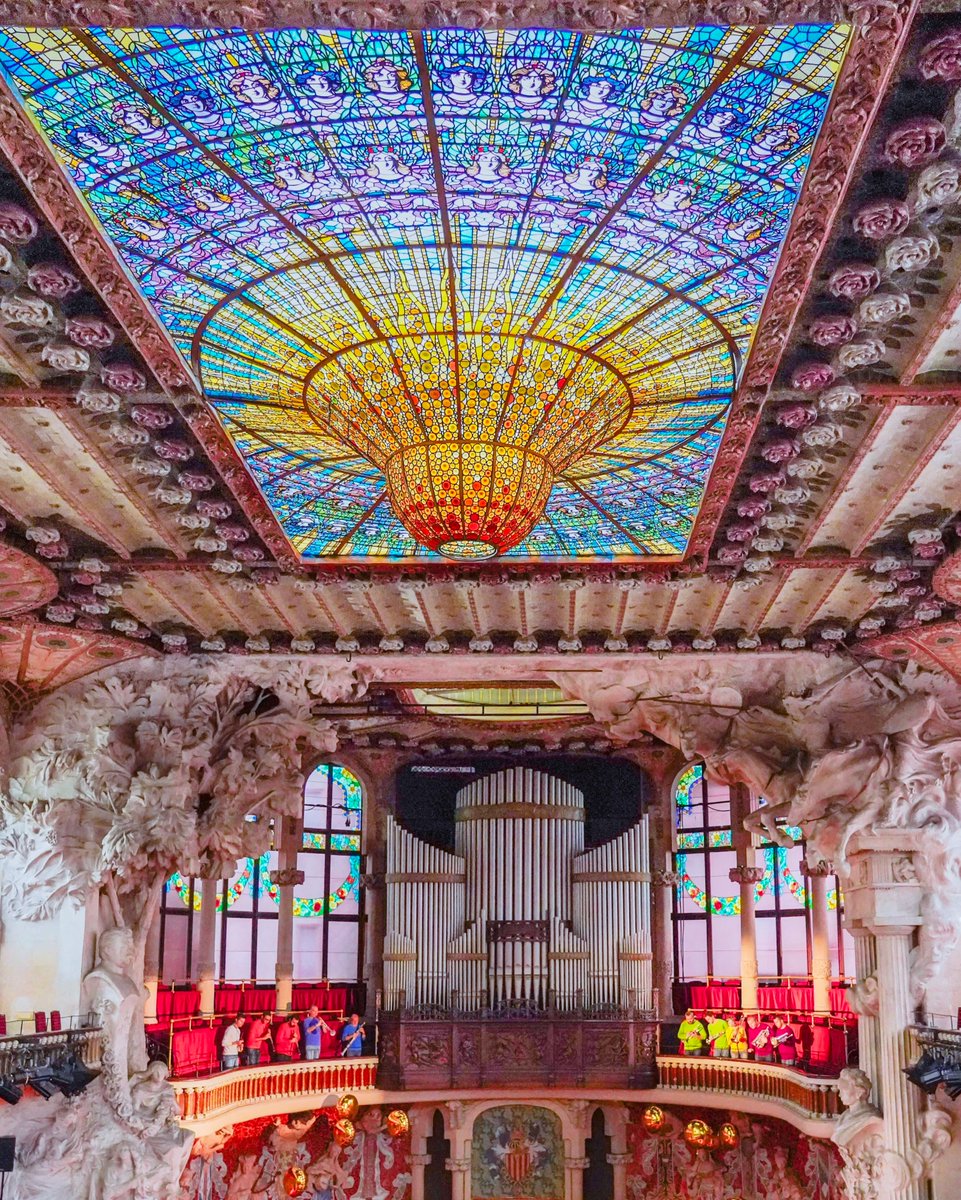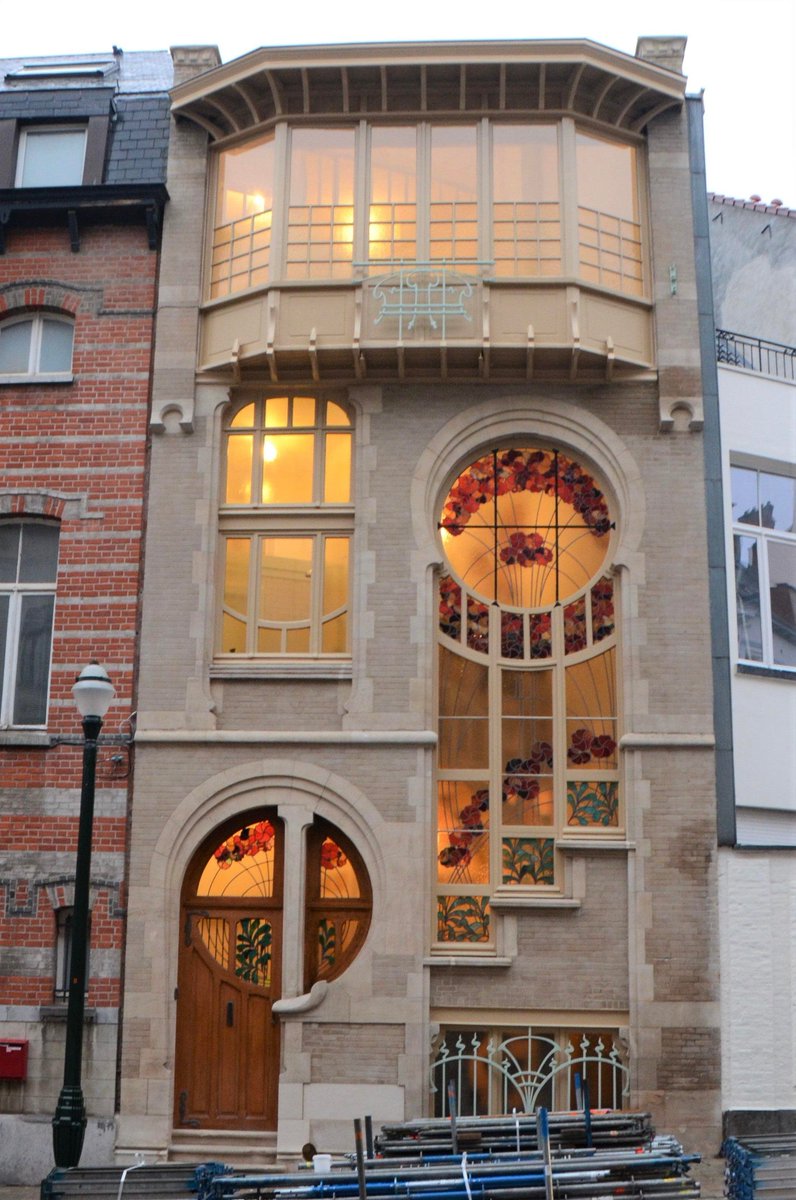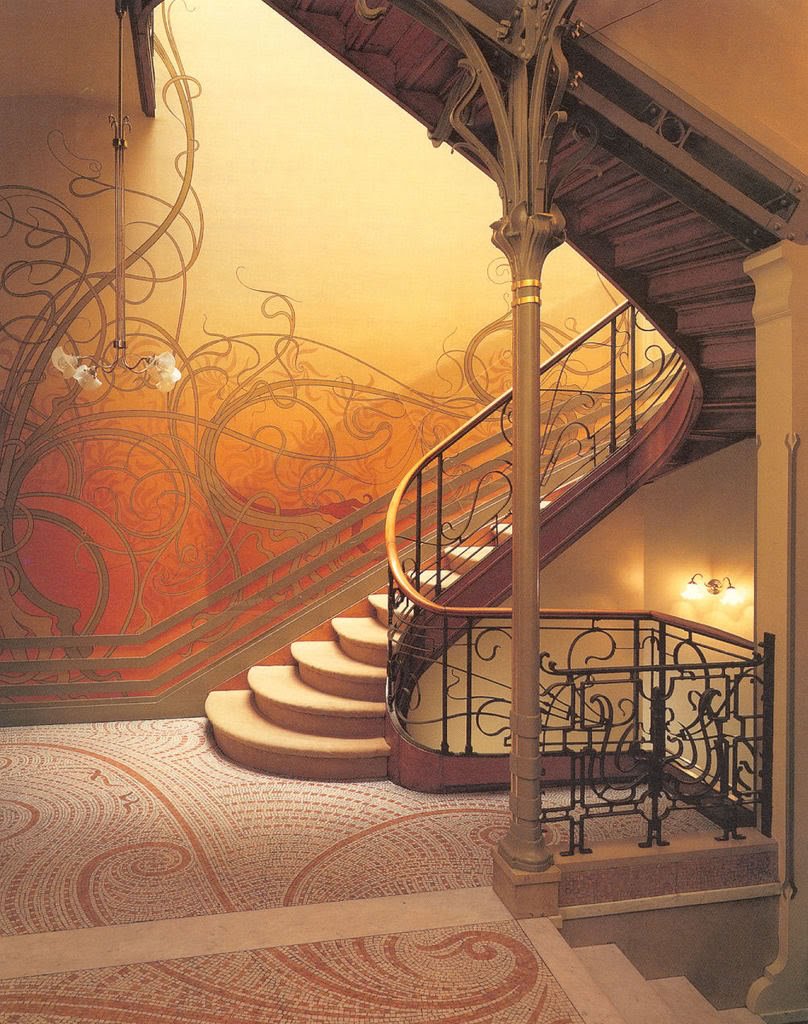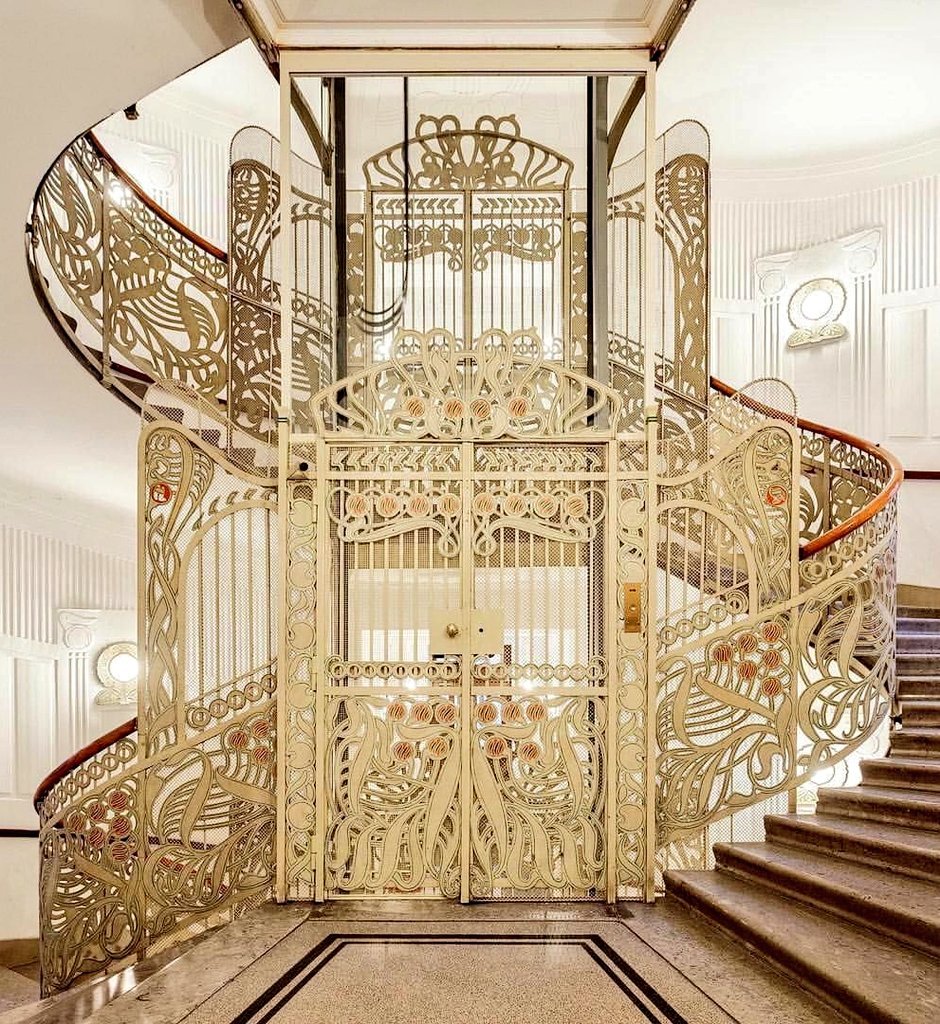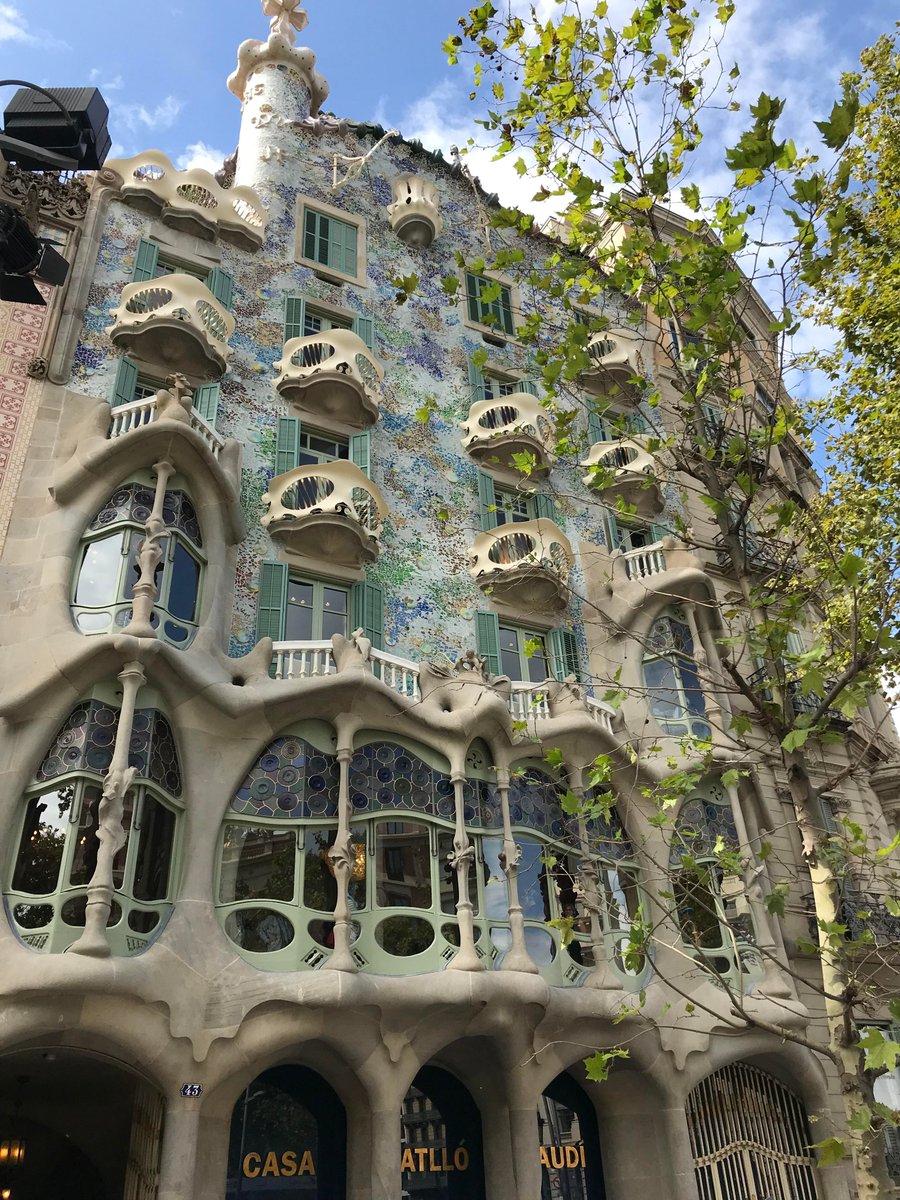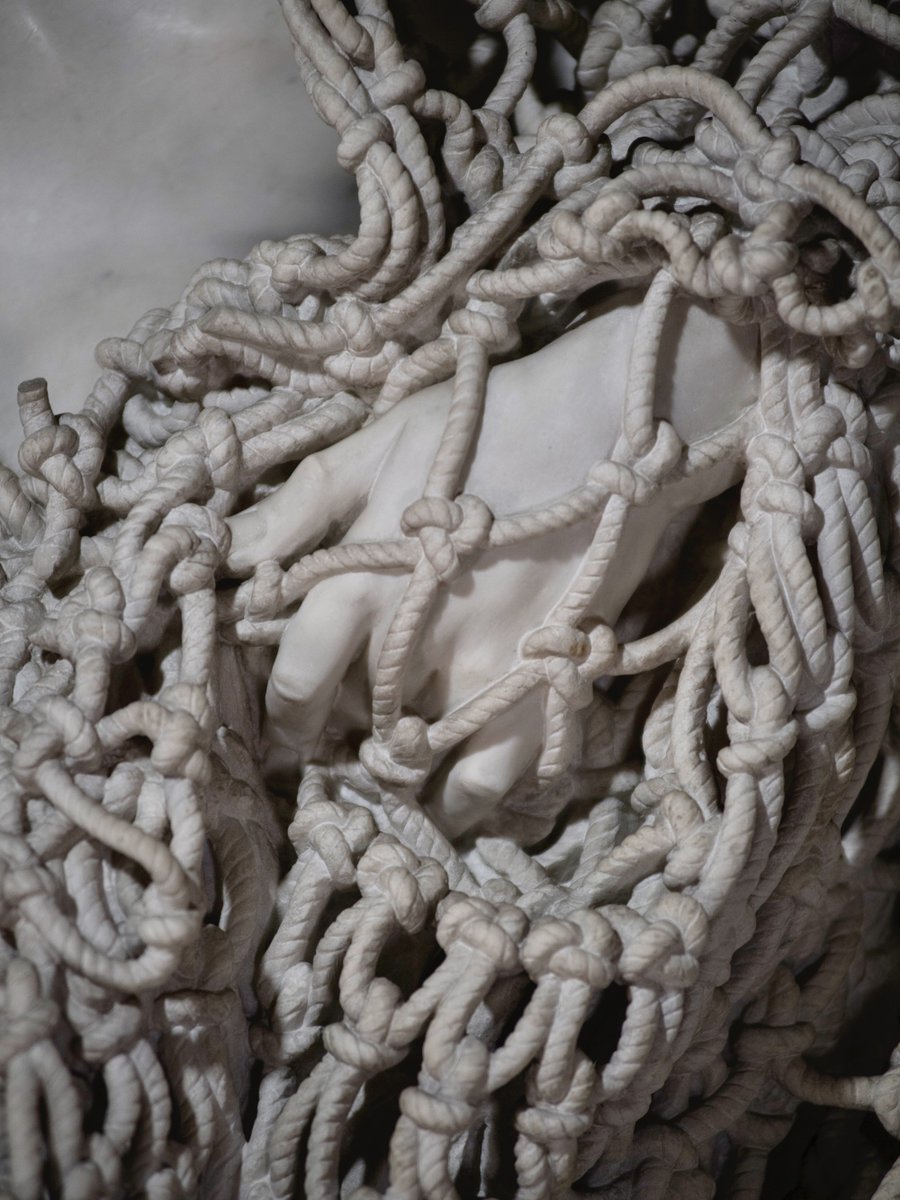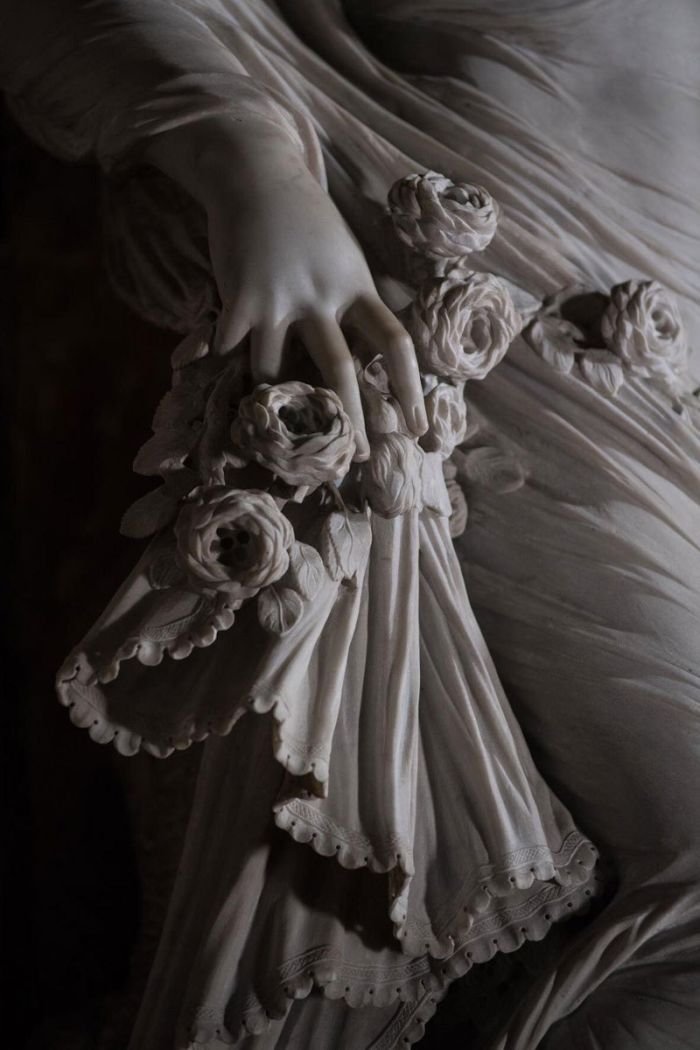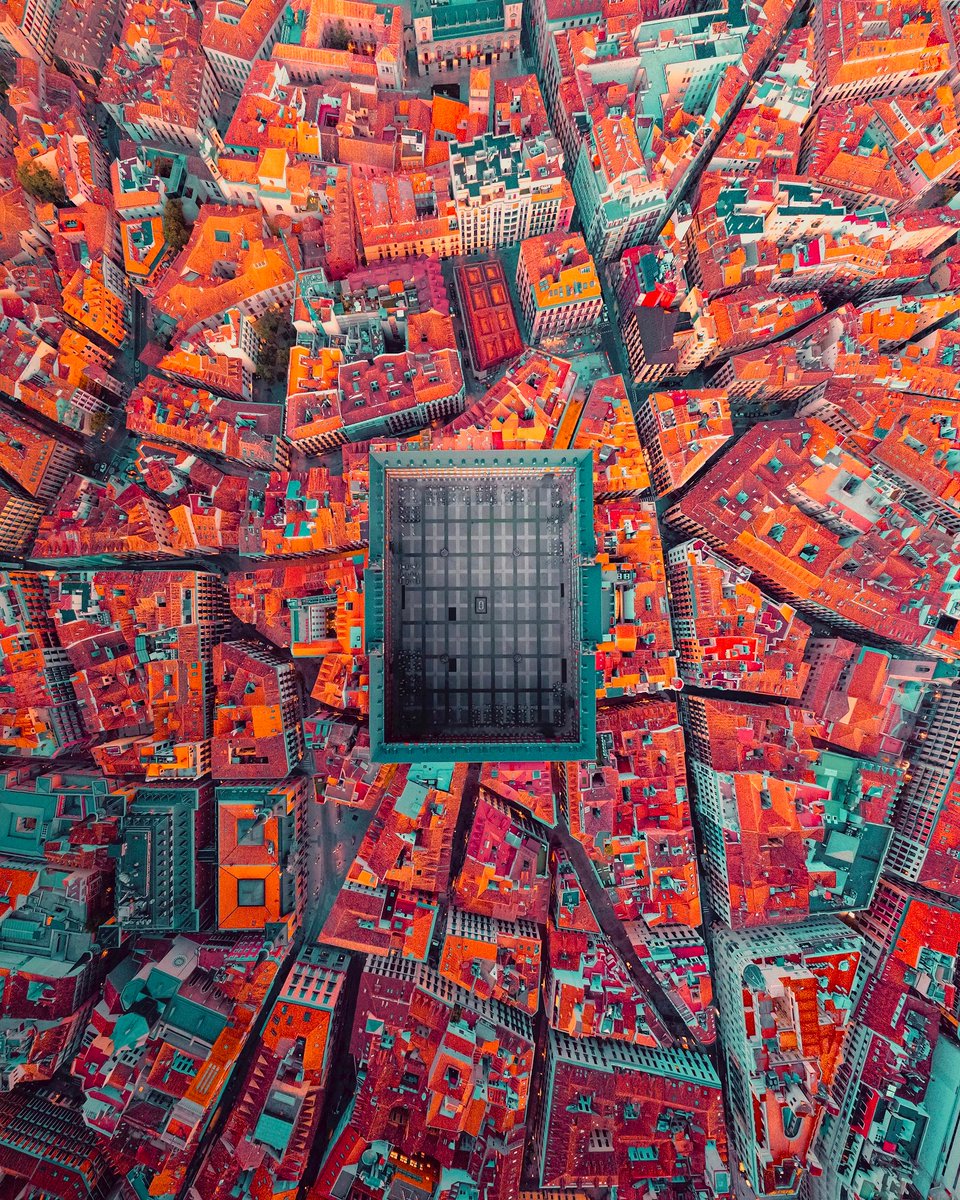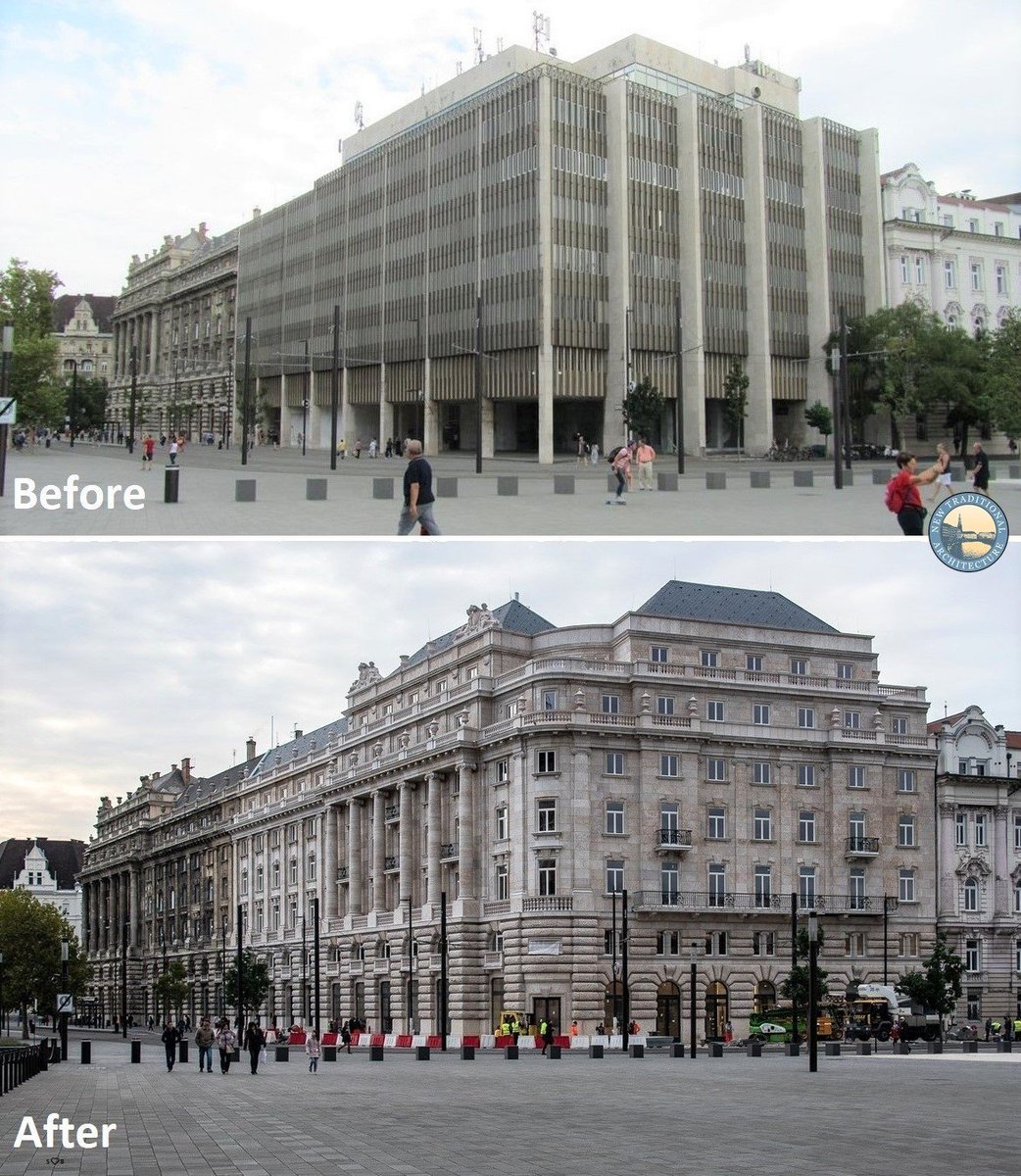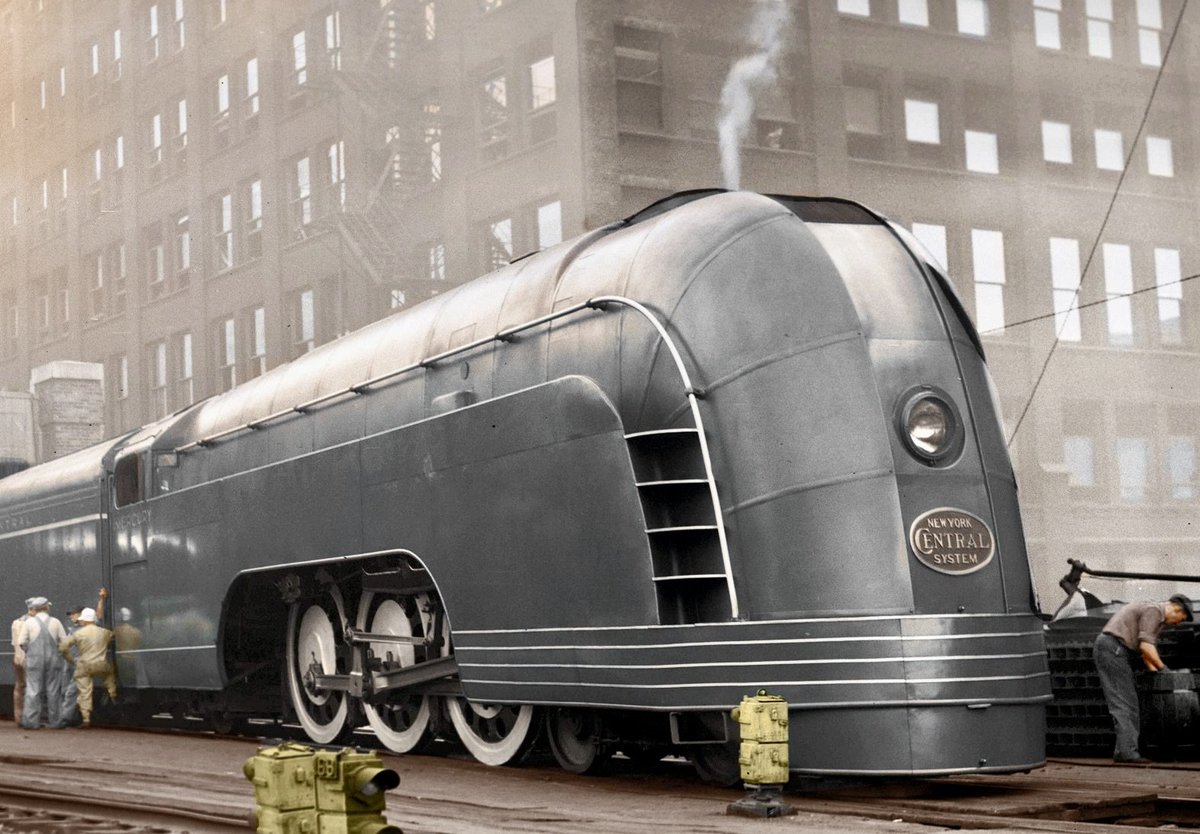Art Nouveau was a nature-inspired, decorative movement which flourished between 1890 and 1910 across Europe and the Americas.
A thread of its most beautiful examples 🧵
A thread of its most beautiful examples 🧵

• • •
Missing some Tweet in this thread? You can try to
force a refresh

 Read on Twitter
Read on Twitter



